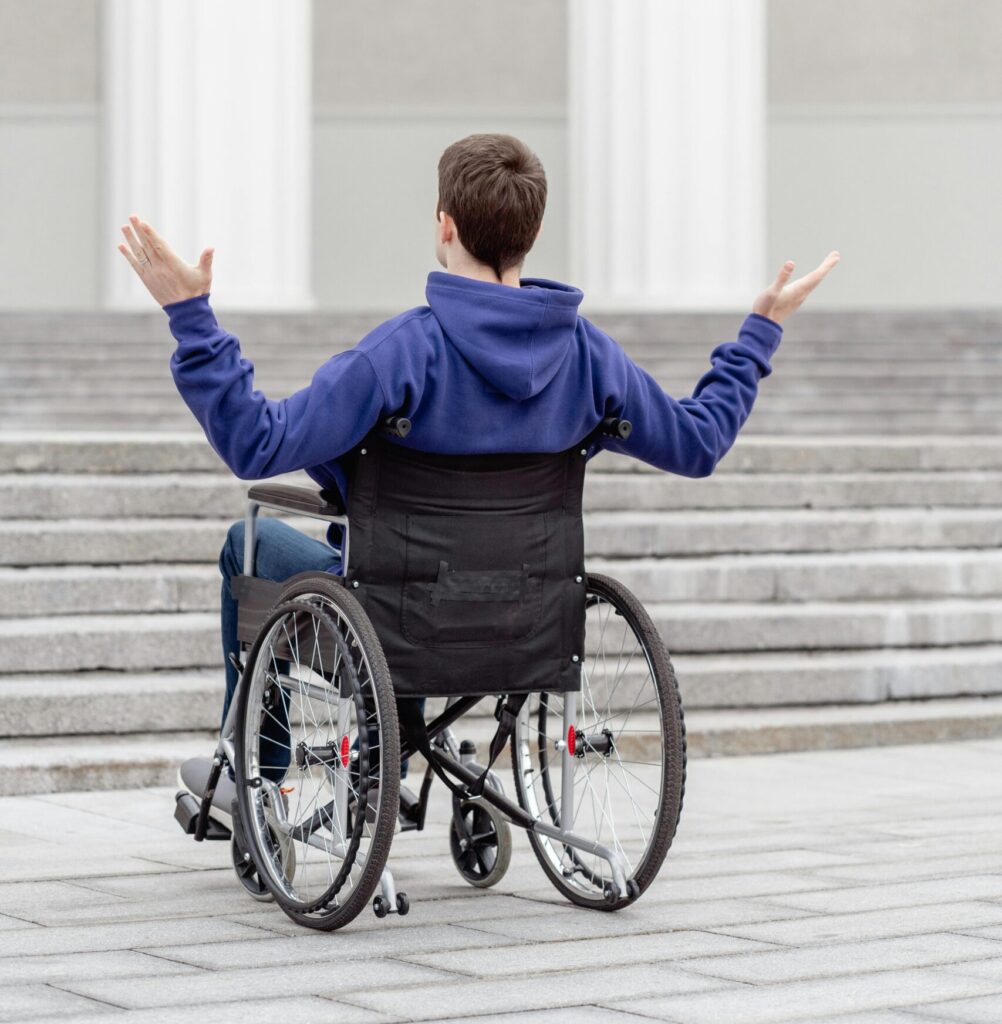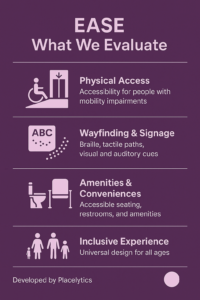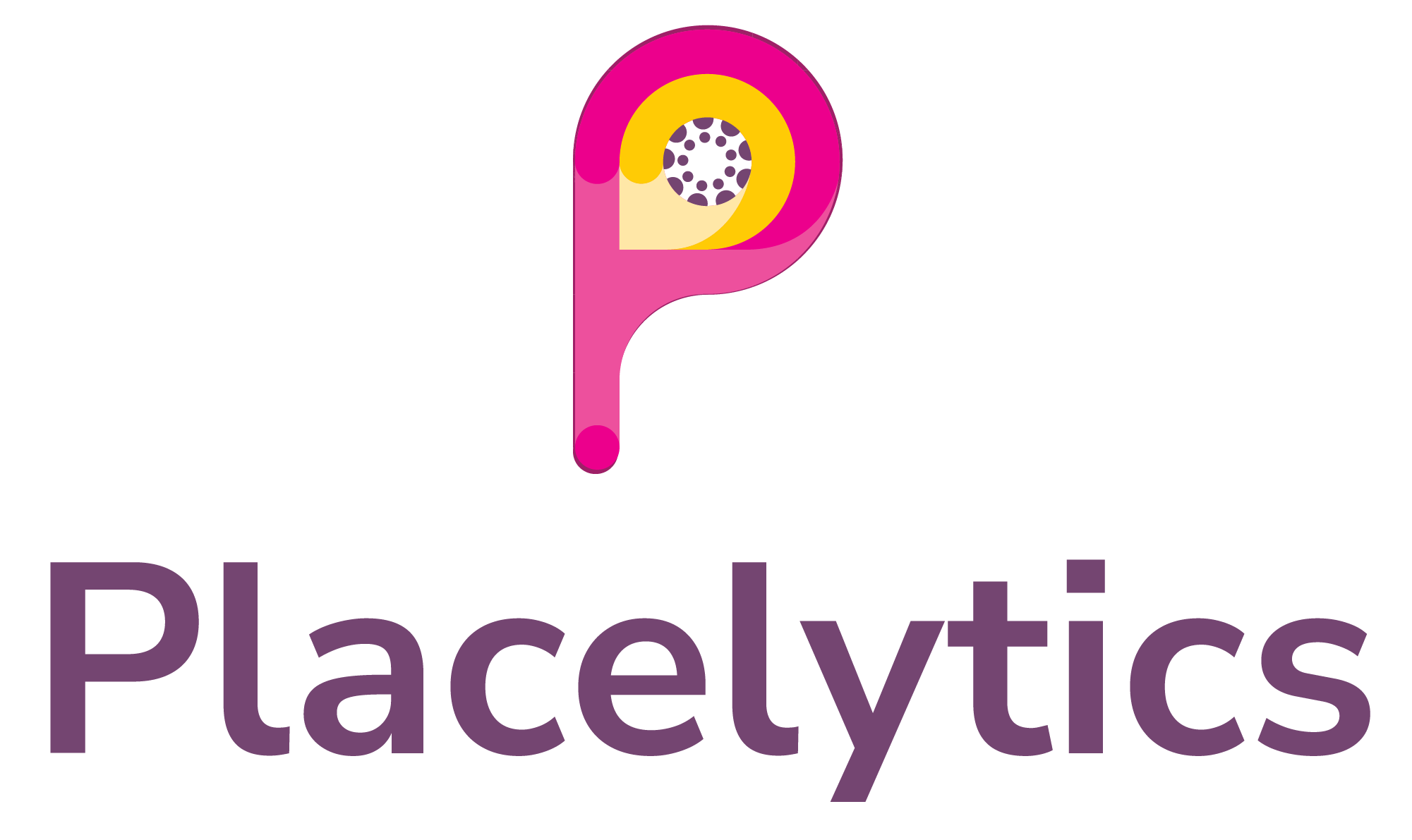
Built Environment Accessibility in India: Which Comes First, Demand or Design?
In the Indian urban narrative, smart cities and modern infrastructure are the dominant forces driving development. However, a vital question continues to echo in the background: The Building Accessibility.
Who takes the first step toward a barrier-free world: is it the person with disabilities, the senior citizen, or the caregiver demanding inclusive infrastructure? Or is it the presence of accessible buildings that will empower people to come forward, participate, and reclaim their public spaces?
“This chicken-or-egg dilemma lies at the heart of our country’s struggle with accessibility in the built environment”.
Stand
Where We Stand
Despite progressive legislative reforms, such as the Rights of Persons with Disabilities (RPWD) Act, 2016, and the incorporation of accessibility provisions in Indian building codes like the Harmonised Guidelines & Standards for Universal Accessibility in India 2021 and the National Building Code (NBC), 2016, implementation across India remains inconsistent and often inadequate.
Many public buildings, government offices, schools, hospitals, transportation hubs, and markets are still inaccessible to a large segment of the population, particularly people with disabilities, senior citizens, and caregivers.
“It’s not just a design flaw; it’s a reflection of systemic invisibility”.

When cities are designed without considering the needs of wheelchair users, people with cognitive, visual, hearing impairments, children and older adults in mind, these groups are effectively excluded from everyday life.
Ironically, their needs remain overlooked because they remain unseen, creating a vicious cycle of exclusion. The lack of accessible infrastructure discourages participation, and this perceived absence is then used to justify further inaction.
Who Makes the First Move?
There is a tension here:
- People with disabilities and advocates often lead the push for change but face burnout, bureaucratic hurdles, or resistance from uninformed planners.
- Developers and officials, on the other hand, cite a lack of demand: “ We don’t see many disabled users here.”
But that is exactly the problem: the environment itself creates invisibility.
So, Who Leads the Way??
A Paradigm Shift: Build First, and They Will Come
If we flip the question, the answer becomes clearer: when we build accessible environments first, people come forward. They get to participate in and thrive on equal footing.
For example, metro systems with elevators and tactile paths. Shopping malls with ramps and accessible washrooms. These places attract a more diverse range of visitors, including seniors, people with disabilities, and caregivers, because they feel genuinely welcomed and included. Accessibility is not just a response to demand. It is an invitation. A signal that a city belongs to everyone.
Building Empathy into Concrete
We shouldn’t need a protest or petition to design accessible buildings. It must be embedded in how we imagine our public spaces. Accessibility is not charity. It is about dignity, independence, and a fundamental right.
Enter EASE: A Response to the Accessibility Gap
This is where EASE – Excellence in Accessibility Standards & Environment steps in.
A certification system developed by Placelytics to bridge the accessibility gap in India’s built environment. It does not wait for demand; it leads the way with design, data, and dignity.

EASE evaluates spaces across a broad spectrum of accessibility needs, including:
- Physical access for wheelchair users and people with mobility impairments
- Wayfinding and signage for people with visual or cognitive disabilities
- Amenities and conveniences for caregivers and senior citizens
- Inclusive experiences for all, regardless of age, gender or ability
By offering clear, measurable benchmarks and accessibility certification systems, EASE empowers architects, builders, businesses, and government bodies to act, not just react. It moves the conversation from compliance to commitment, from token ramps to total transformation.
The Future is Accessible – If We Build It That Way
India is home to over 100 million people who are either disabled, elderly, or caregiving. Making the built environment accessible is not a niche demand but a national imperative.
The question is not just who sets the pace, the people or the built environments. The real answer lies in the ecosystem. When tools like EASE make accessibility visible, standardized and actionable, we no longer need to wait for one to follow the other.
“We build. They come. Together, we create a more inclusive India”.
Call to Action: Be Part of the Change
Whether you are a developer, policymaker, business owner, or citizen, you have the power to create more inclusive spaces.
- Explore how EASE certification works
- Assess your building or public space for accessibility
- Partner with Placelytics to take the first step toward barrier-free design
👉 Visit placelytics.com to learn more. Reach out to start your accessibility journey today.

